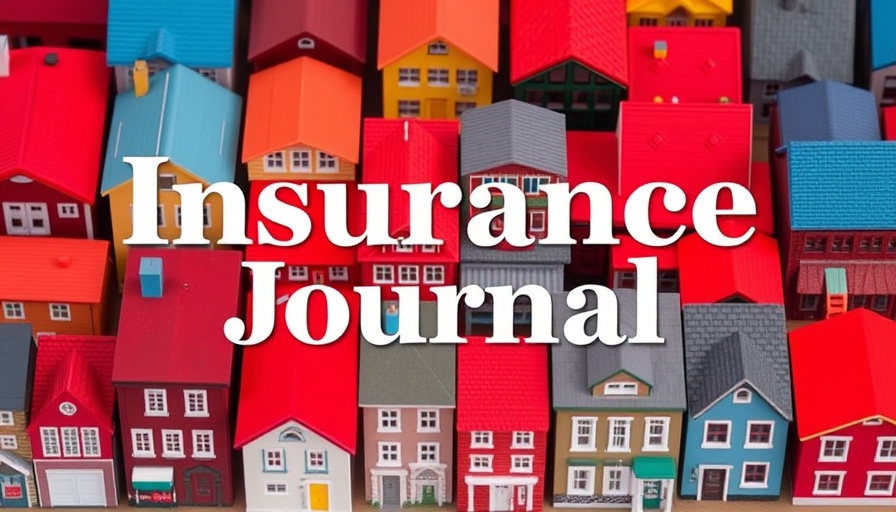
Understanding Catastrophe Risk: The Key to Sustainable Homeownership
Homeownership is a cornerstone of the American Dream, providing individuals with a sense of stability and a way to build long-term wealth. However, this dream can quickly turn into a gamble if homeowners are not equipped to protect their investments against the looming threats of disasters. Enter the concept of risk literacy: a vital understanding that encompasses both the nature of potential catastrophes and the mechanics of insurance coverage.
Why Homeowners Need Risk Literacy
Risk literacy enables homeowners to recognize the varied threats their properties face and empowers them to take proactive measures to mitigate these risks. By understanding insurance policies, home hazards, and risk coverage options, homeowners can ensure they choose policies that provide adequate protection rather than opting for the minimum coverage required by mortgage lenders.
This knowledge not only helps in selecting the right insurance but also encourages residential fortifications. For example, a homeowner who understands flooding potential might invest in improved drainage systems or sump pumps, potentially reducing their insurance premiums in the long run.
Empowering Policyholders: The Role of Insurers
Insurers play a crucial role in fostering risk literacy among homeowners. With access to extensive catastrophe data and insights, underwriters and risk managers can bridge the gap between intricate hazard information and homeowners. In establishing effective communication channels between underwriting professionals and customer-facing teams, insurers can ensure that sales representatives are equipped with the knowledge to educate policyholders effectively.
Three Practical Steps for Insurers to Promote Risk Literacy
1. Enhance Communication - Building strong lines of communication between underwriting, risk management, and sales teams is essential. Insurers can create frequent training sessions that help sales representatives understand the latest risk trends and policies. This ensures that when they interact with potential homeowners, they can provide valuable insights into risk management strategies.
2. Leverage Data-Driven Insights - Insurers can utilize advanced catastrophe risk models, like those offered by Cotality™, which provide detailed information about specific perils in various regions. This valuable data allows insurance agents to tailor their discussions with clients based on actual risk analyses, helping clients see the worth in higher, yet necessary, coverage plans.
3. Focus on Tailored Solutions - Providing personalized insurance solutions based on individual risk profiles can help homeowners feel more confident about their coverage. By demonstrating the importance of comprehensive protection and the potential financial impacts of negligence, agents can shift the conversation from cost to value, emphasizing long-term benefits over immediate savings.
A Call to Action for Homeowners
Embracing risk literacy is essential for sustainable homeownership. Homeowners are encouraged to discuss their needs and concerns with their insurance agents, pushing for deeper conversations about the adequacy of their current policies and potential mitigation strategies. Don't wait until disaster strikes—get informed and advocate for the coverage that truly reflects your needs.
If you’d like to learn more about how to protect yourself and your home, visit our website.
 Add Row
Add Row  Add
Add 




Write A Comment